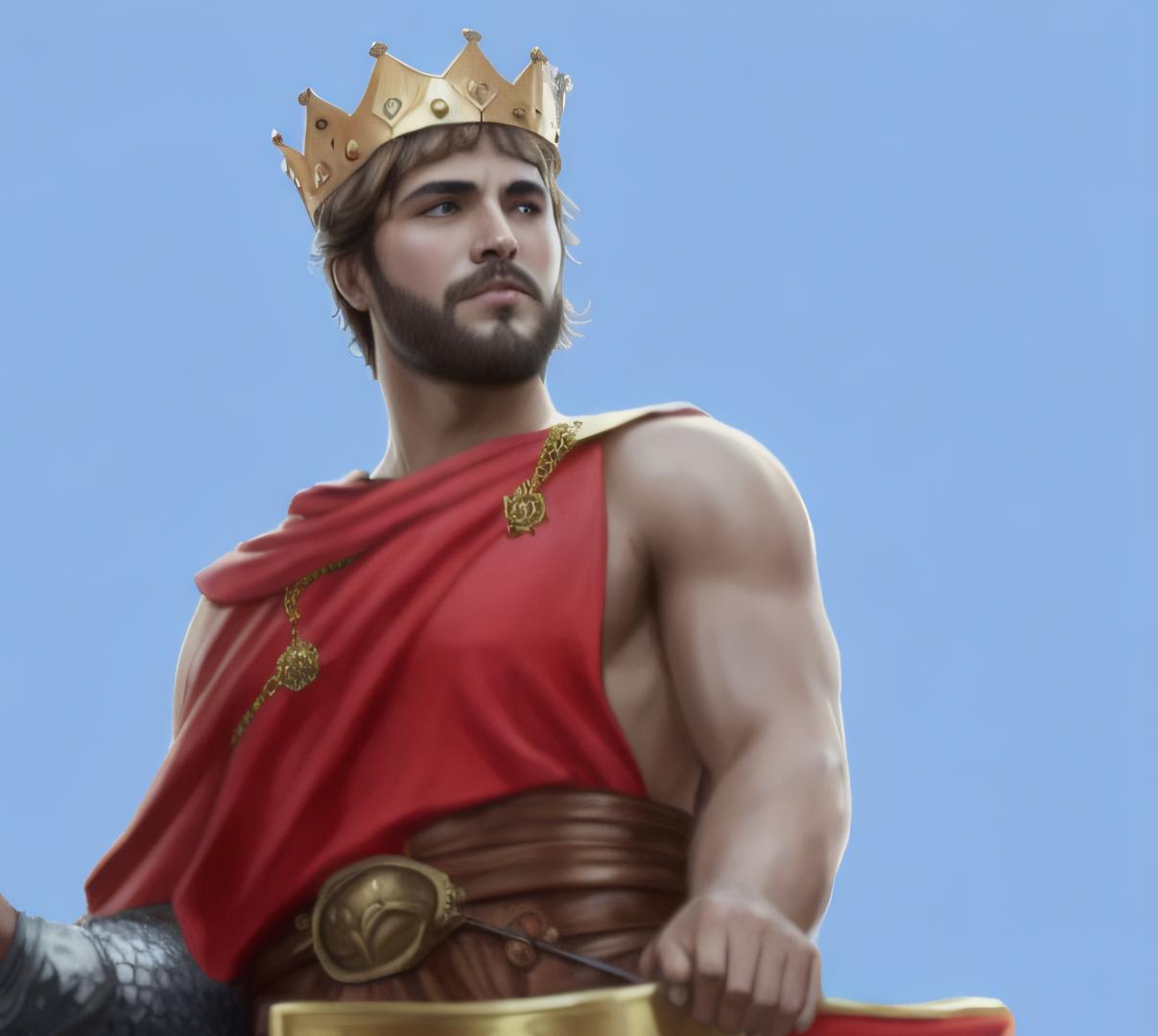
Who was Owain Gwynedd?
Owain Gwynedd was a prominent ruler in 12th century Wales, reigning as King of Gwynedd from 1137 until his death in 1170. He ruled during a turbulent time when the Welsh kingdoms were engaged in ongoing struggles for power with the invading Normans and the English monarchy. As one of the most successful Welsh princes of the medieval period, Owain Gwynedd played a pivotal role in defending Welsh independence and uniting much of north Wales under his banner. His reign marked a high point for Welsh sovereignty before the conquest of Wales by Edward I over a century later.
Rise to Power
After the death of his father Gruffudd ap Cynan in 1137, Owain Gwynedd sought to claim the title of King of Gwynedd. However, his path to power was not unchallenged, as he faced competition from his younger brothers Cadwaladr and later Cadwallon, both of whom also aspired to rule Gwynedd. Owain first secured control over the eastern portion of Gwynedd, taking possession of the stronghold at Rhuddlan. He gradually extended his authority westwards, defeating and expelling Cadwaladr in 1143. By 1147, through a combination of military strength and shrewd diplomacy, Owain had consolidated power over the whole of Gwynedd.
His brother Cadwallon continued to rebel against Owain’s rule before being killed in battle in 1149. Thereafter, Owain reigned securely as the undisputed leading figure in north Wales. His emergence as a capable ruler enabled him to embark on an aggressive policy of expansionism to enlarge his kingdom.
Rule and Territorial Expansion
Once established as King of Gwynedd, Owain Gwynedd sought to expand his borders outwards. He launched successful campaigns into neighbouring territories, extending his kingdom south and east. In 1153, Owain seized the province of Powys from its ruler Madog ap Maredudd, occupying the region west of the River Severn. To the west, he conquered parts of Ceredigion from local Welsh rulers. His most significant expansion was into the kingdom of Deheubarth in south Wales, ruled by his maternal uncles. Between 1153-1155, Owain made significant inroads, defeating the forces of his uncles and pressing further south to the River Dyfi. By 1163, he had conquered the western and northern parts of Deheubarth. Through these conquests, Owain greatly enlarged the kingdom of Gwynedd, bringing much of north and central Wales under his control. His strong and unified rule enabled Gwynedd to strengthen itself against growing Norman encroachment along the Welsh border counties.
Owain and Henry II
A significant part of Owain Gwynedd’s reign was defined by his dynamic and often volatile relationship with Henry II, who became King of England in 1154. As a powerful Welsh ruler commanding a large kingdom along the Welsh Marches, Owain was well-positioned to destabilise Norman control in the border counties. Henry aimed to contain Owain’s influence and recognised the need to reach accommodations, leading the two rulers to establish alliances through marriage ties. However, these alliances proved fragile and temporary. Conflict was sparked in 1165 when Henry invaded and seized part of Gwynedd. Owain retaliated by sending forces to raid English border towns and castles.
Tensions erupted into open war in 1166 with Owain and his sons launching assaults into England. Faced with this crisis, Henry arrived with an army to relieve his garrisons but avoided major combat with the Welsh. The war dragged on until negotiations in 1171 led to a peace. Despite settlements and agreements, Owain remained a thorn in Henry’s side, with the Welsh ruler seeking to retain his autonomy in the face of English power. Nonetheless, Owain succeeded in preserving Welsh independence throughout his reign.
Legacy
Owain Gwynedd left a significant legacy in Welsh history as one of the most formidable rulers of the 12th century. At his death in 1170, he passed on a stable and prosperous kingdom of Gwynedd to his eleven sons, the youngest of whom, Dafydd ab Owain Gwynedd, would inherit the kingship. Though conflict emerged among his sons over the succession, Gwynedd remained a leading Welsh kingdom. Owain was the last great Welsh ruler to hold power before the conquest of Wales by Edward I in 1282-83. His reign marked the zenith of Welsh independence in the medieval era, with Owain presiding over a kingdom that had reached its greatest geographical extent.
As a ruler, Owain demonstrated strong leadership and a keen sense of strategy that allowed him to expand Gwynedd and withstand the Norman threat. He was remembered as an intelligent and cunning ruler, using diplomacy and intermarriage as well as warfare to increase his authority. His dynastic legacy endured after his death, with his descendants continuing to resist English domination. As such, Owain Gwynedd represented Welsh sovereignty and cultural identity in the face of Anglo-Norman encroachment. His long reign left an enduring mark on Welsh politics and society in the late medieval period.













